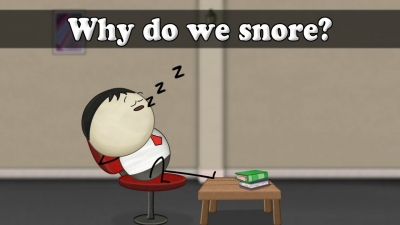How are lizards and snakes different?

Sometimes it is hard to tell whether an animal is a lizard or not. Some lizards look like snakes, and some look a lot like worms.
There are three things that all lizards have. They all have eyelids that close, ears on their heads, and long tails. Most lizards also have four legs. But a few lizards, such as glass snakes and slow worms, have no legs at all.
Lizards are reptiles that live on the ground or in trees. Most live in warm, tropical regions, but some live in areas with cold winters. A lizard’s scaly skin helps keep moisture inside its body even when the weather is very hot.
Like other reptiles, lizards are cold-blooded. But like some warm-blooded animals, some lizards hibernate, or sleep through the cold winter months.
Picture Credit : Google








